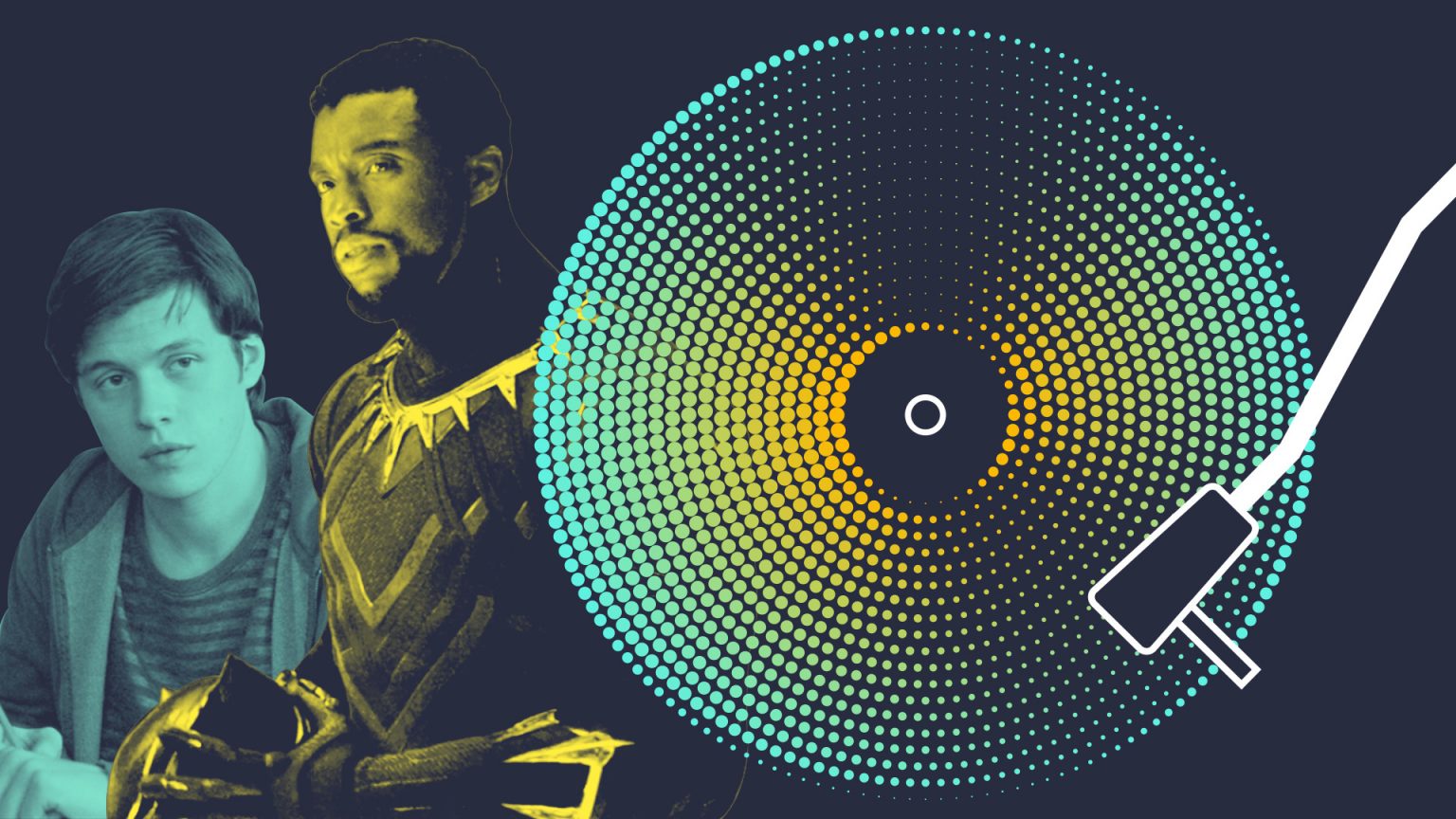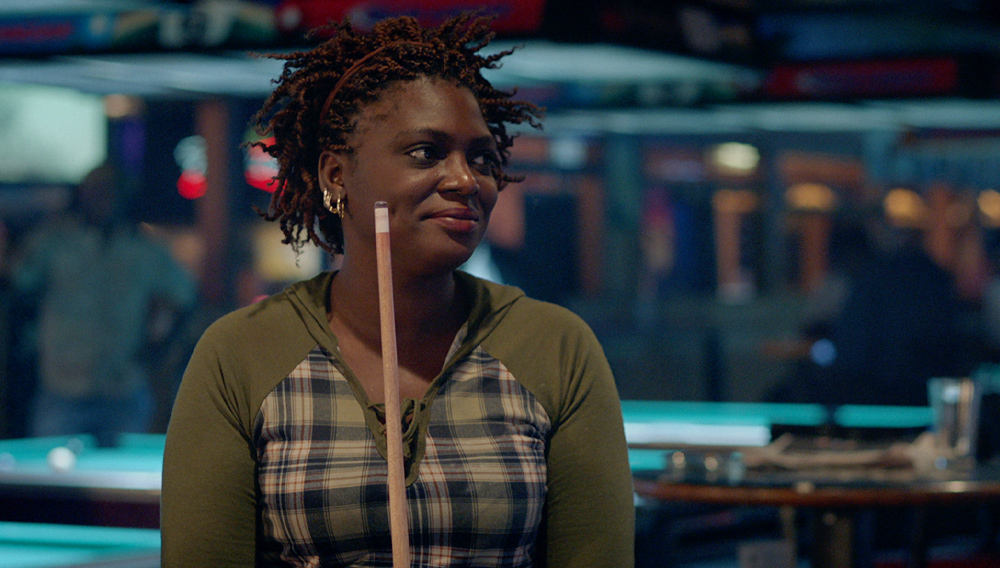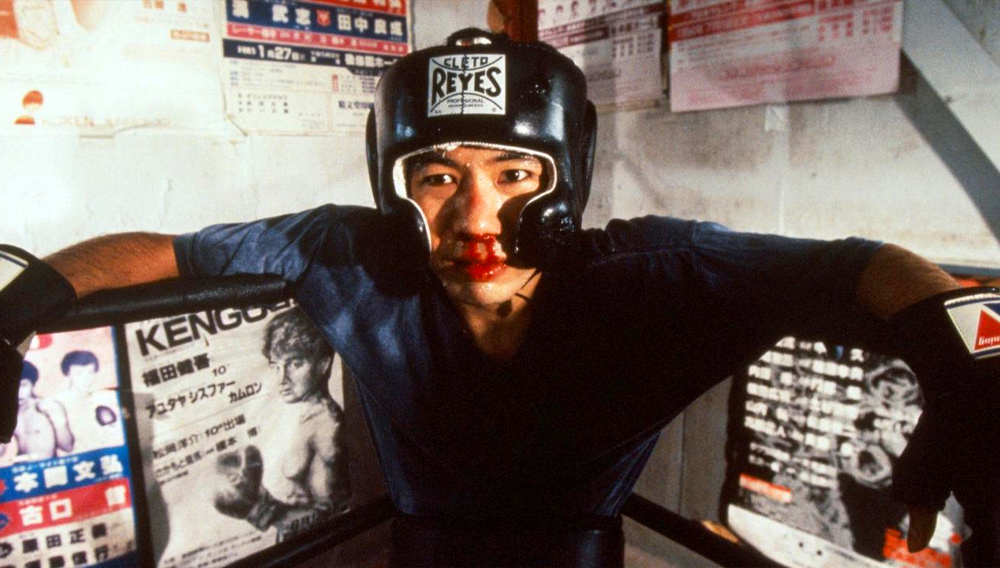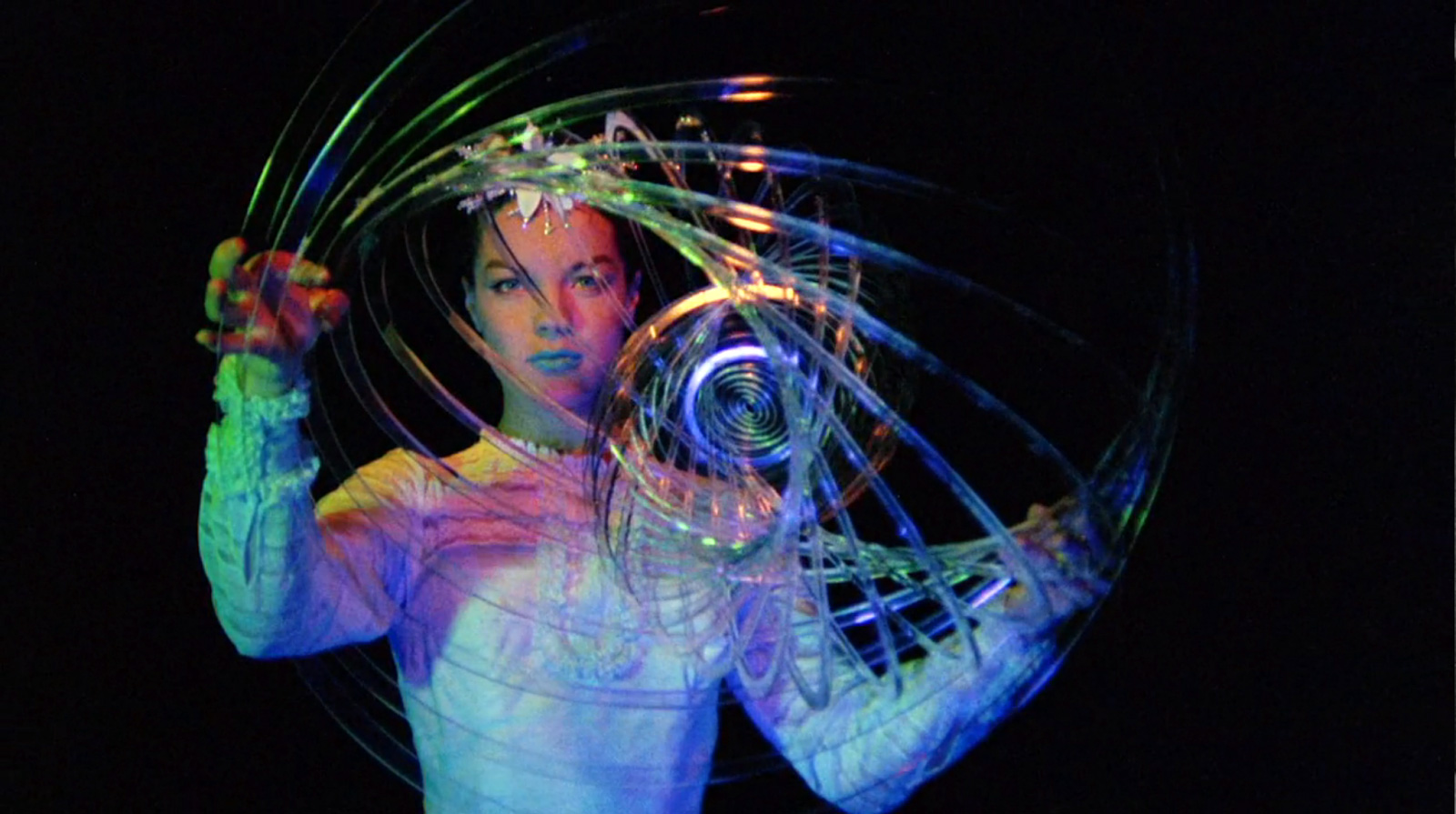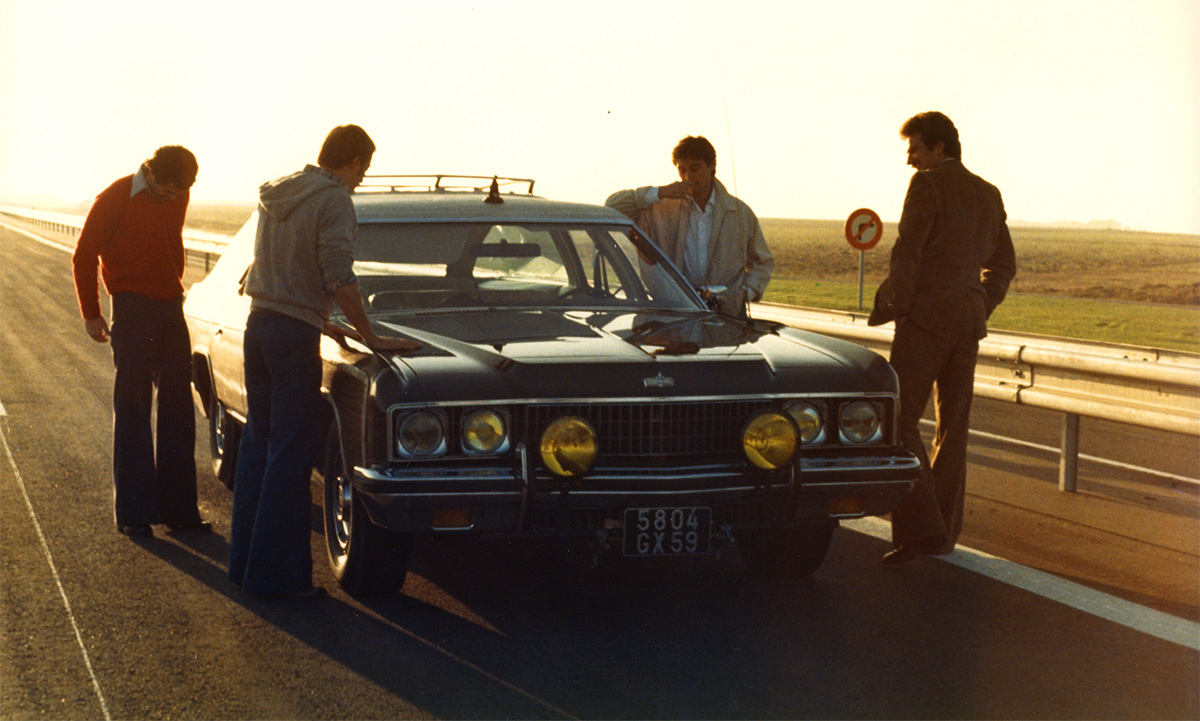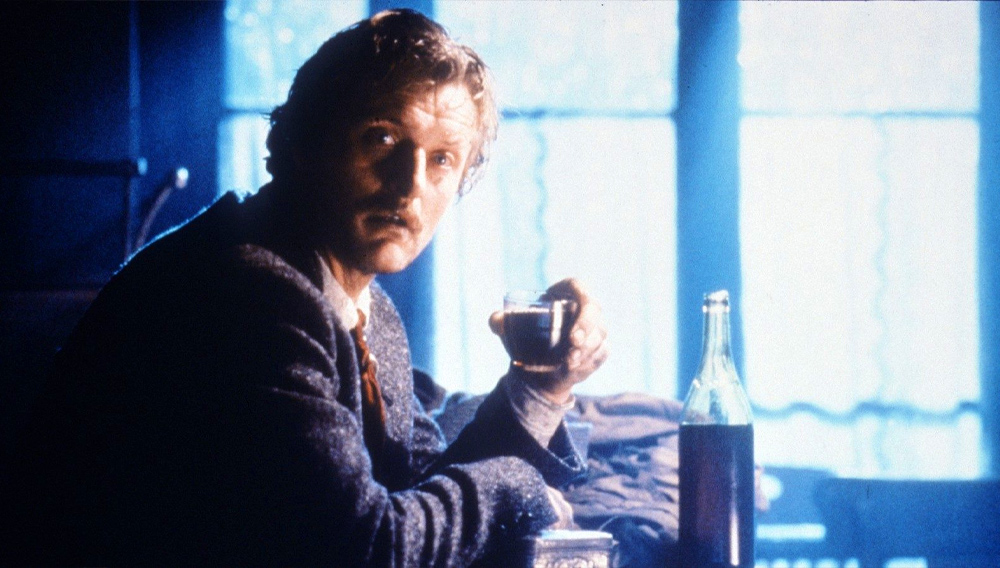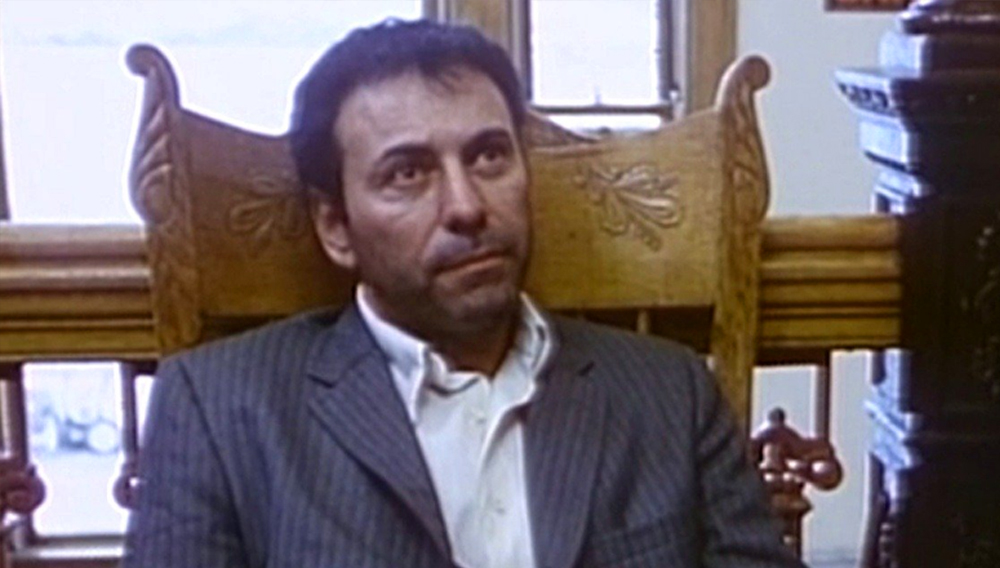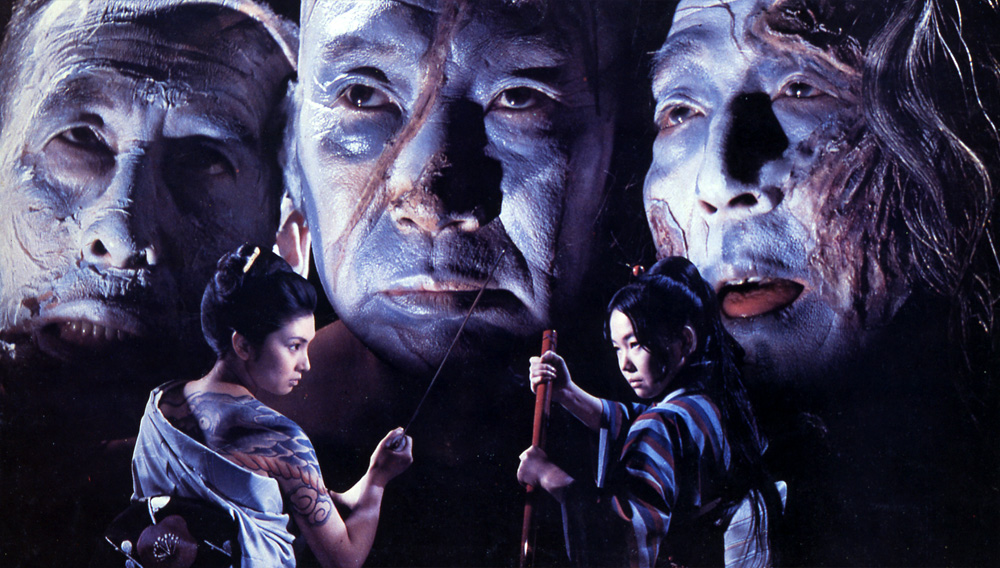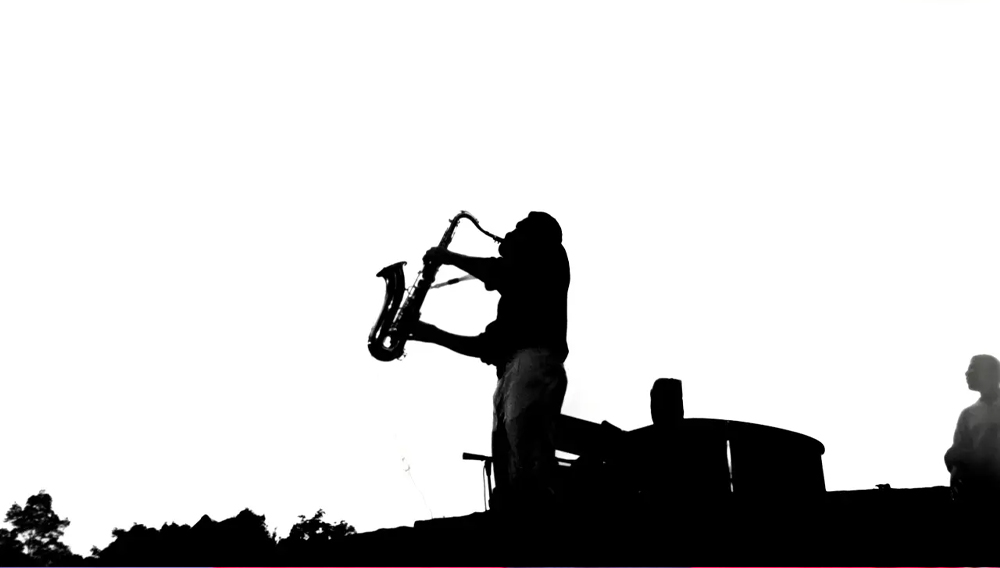Before Black Panther broke almost every conceivable box office record earlier this year, its impending legacy was foreshadowed by another great factor in the film’s success—its soundtrack. Since its release on February 9—one week before the film’s theatrical release—the 14-track manifesto curated by Kendrick Lamar has spent three weeks at #1 on the Billboard 200 Albums chart and currently remains in the top five. On Black Panther: The Album’s third week at #1, Billboard reported that this was the first time in nearly twenty years that theatrical film soundtracks have topped the charts at the same time, with The Greatest Showman’s soundtrack trailing behind at #2.
Despite Showman’s tumultuous box office performance, it is no surprise that soundtracks for musical movies do well on the charts. In fact, the last movie soundtrack to spend more than three weeks at #1 was the soundtrack for Frozen in 2014, which spent an excruciating thirteen weeks at the top of the charts before finally letting go.
But for non-musical movies, there is an underlying element to a soundtrack’s success. For Black Panther: The Album, the hit-making formula goes beyond the film’s popularity and the soundtrack’s famous curator. Unlike Grammy-nominated Suicide Squad soundtrack, whose mishmash of misplaced genres and mismatched artist collaborations, Black Panther: The Album works has notable radio-ready singles that are only strengthened when the album listens to as a whole.
While the soundtrack is far from the first to be curated by a single artist—in fact, the best-selling movie soundtrack of all time was for The Bodyguard, and co-executive produced by Whitney Houston—Lamar’s chops as a collaborator and producer set it apart from the pack, sonically demonstrating that the music made with the film’s tone and themes in mind. Lamar uses spoken interstitials between tracks on Black Panther to connect each song with a specific character, deepening their backstory by weaving the narrative within the song. “Paramedic!” by SOB X RBE opens with Lamar bellowing the words, “I am Killmonger / This is my home / Northern California,” before the song’s bass-heavy, Bay Area beat kicks in. Like Killmonger in the film, the young rap group who helmed the track also hails from Northern California, their hometown of Vallejo situated less than thirty miles from Oakland. It’s attention to detail such as this that makes the soundtrack to Black Panther a carefully curated musical endeavor that elevates the voices of new artists, delivers exciting tracks from some familiar favorites, and matches the feel of the film through sound.
A similar tactic is used in the soundtrack for Love, Simon, which was curated by pop producer and Bleachers frontman Jack Antonoff. Antonoff, who is known for his over-the-top, the 80s inspired synth melodies, took on the teen drama with a hefty dose of heart, drawing direct inspiration from the films—and respective soundtracks—of John Hughes. The soundtrack features four Bleachers songs—two new, two old—and many other synth-laden tracks that have Antonoff’s earnest, piano-heavy producer stamp. It pivots between bubblegum pop (“Never Fall in Love” by Antonoff and MØ) and delusionally honest ballads (“Sink” by Amy Shark) to mirror the sincere yet saccharine nature of the familiar teen movie.
The last time two movie soundtracks simultaneously topped the Billboard charts was in 1998 when dual the honor went to the soundtracks of Armageddon and City of Angels. Back then, movie soundtracks seemed to have much more power in dictating what was popular on the charts. Before music streaming and viral hits changed the way the charts operated, popular culture was dictated by the monolithic mainstream media. So in the 80s and 90s, soundtracks were a breeding ground for a hot radio single, with Armageddon skyrocketing Aerosmith’s “I Don’t Wanna Miss a Thing,” and City of Angels giving wings to “Iris” by the Goo Goo Dolls. The soundtrack boom of the 80s and 90s also saw the rise of the “love theme,” where songs like “My Heart Will Go On – Love Theme from ‘Titanic’” by Celine Dion, and “Take My Breath Away – Love Theme from ‘Top Gun’” by Berlin made it easy to promote movies through the radio and vice versa.
But in today’s oversaturated media climate, what you watch doesn’t necessarily dictate what you listen to. With seemingly endless options of what to watch or listen to, your tastes in music and film don’t necessarily have to align or feed into one another. That’s why the artistry and success of Black Panther: The Album and its collaborative curation style mark a trend that may signal the comeback of the movie soundtrack as an entity that lives in symbiotic harmony with the film it’s inspired by.
While it seems to have taken two decades for the movie soundtrack to get back to a successful upswing, soundtracks of the early 2000s acted as a blueprint for the auteur-centric curation style that is finding success today. Matching a film’s visual aesthetic with its sonic aesthetic meant tailoring by genre. The soundtracks for Juno and (500) Days of Summer leaned into their pre-destined quirkiness with songs by Kimya Dawson, Sonic Youth, Belle & Sebastian, and The Smiths. A Walk to Remember’s soundtrack is as melodramatic and heart-swelling as the movie, and featured not one, but three singing competition-worthy Mandy Moore ballads. The Mean Girls soundtrack offers a feisty mix of Pink, Blondie, and The Donnas, with tracks as fierce and piercing as an insult fired from the mouth of Regina George herself.
Movie soundtracks can also act as a time capsule, either personal or emblematic of larger trends, depending on the film. The Grammy Award-winning soundtrack to Garden State was produced and curated by the film’s director, writer, and star, Zach Braff, who sought to soundtrack the semi-autobiographical story with songs that he was listening to at the time of writing the screenplay. Tracks like “New Slang” by the Shins to “Such Great Heights” by Iron & Wine now not only represent the film’s setting but also the early 2000s indie era in retrospect. Similarly, and more recently, Greta Gerwig’s personalized pleas to Dave Matthews, Alanis Morissette, and Justin Timberlake to use their music in Lady Bird show an intense dedication to recreating the world of a teenage girl in 2002 suburban Sacramento. And if you look at an actual movie soundtrack from the time that Lady Bird is set in—like the soundtrack to Jimmy Neutron: Boy Genius—you’ll find a plethora of notable names in 2000s music, including Britney Spears, the Backstreet Boys, and Timberlake’s former band.
So, if the movie soundtrack is back, where can it go from here? Just as the movie industry is slowly but surely changing, with the inclusion of new voices and new stories, soundtracks should follow suit. Careful artistic curation seems to be the key to creating a successful and meaningful movie soundtrack in the current media climate. Take a cue from the curation method, then spice it up with some new, some familiar, and lay on a heavy coat of film-to-music genre crossover. And like all good albums, movie soundtracks work best when the music is committed to memory, the opening notes of any given track bringing an overwhelming rush of nostalgia that take you back to the time and place where you first heard it.

